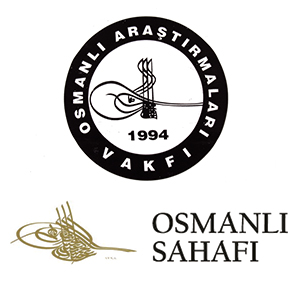TARAQAH (LEGACY) BOOKS OF ISTANBUL
(By Assoc. Prof. Said ÖZTÜRK)
This work that is a study on Taraqah (Legacy) Books, of the most significant sources of the social and economic history of the Ottoman State, comprises two main chapters: The first chapter extensively elaborates such issues as Shariah registers, taraqah (legacy) books, office of qadi, office of qassam (law official who fixes inheritance shares) and military class. The second chapter deals with the analyses of personal wealth. In taraqah books were entered all the movable and immovable assets a deceased person possessed in his life. Moving from the mentioned books wherein thorough analyses of personal riches were registered in minute details a general panorama of the wealth distribution of the time has been portrayed.
Again, weighing upon such information as the marital statuses of the legacy holders, whether they had inheritors – if any who they were, information on their origins, such information as their professions, positions, titles, etc. that would define their positions and roles in the society, this work has given explanations on the social structure of the time. Further, analyses have been made on the size of families in Istanbul.
From the information in books is inferred to what extent the military class who were separate from and more privileged than the majority of people in Istanbul in the 17th century turned to such items of commodities as composed the fortune.
Again, this work has made explanations on such matters as wealth hoarding by various officers, attendants and scholars, who were considered within the military class, the manner of formation of their riches, and payable-receivable relationships, etc. Still, the role of the ethnical origin and sex in payable-receivable relationships has been established to some extent through the use of the data in taraqah books. And the level of the relations between non-Muslim Ottoman citizens and Muslim Ottoman citizens in economic transactions has been investigated.
Moving from taraqah books, explications concerning the history of the Ottoman money and prices, the above-said registers qualifying as a reference for researches to be carried out as regards to the historical topography of Istanbul have been included in the tables about taraqah holders in the addendum at the end of the book.
(500 pages)



